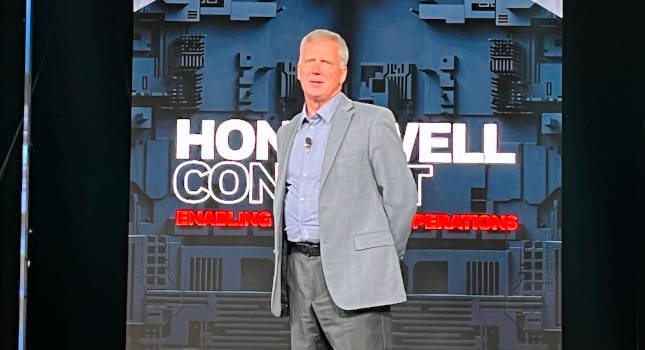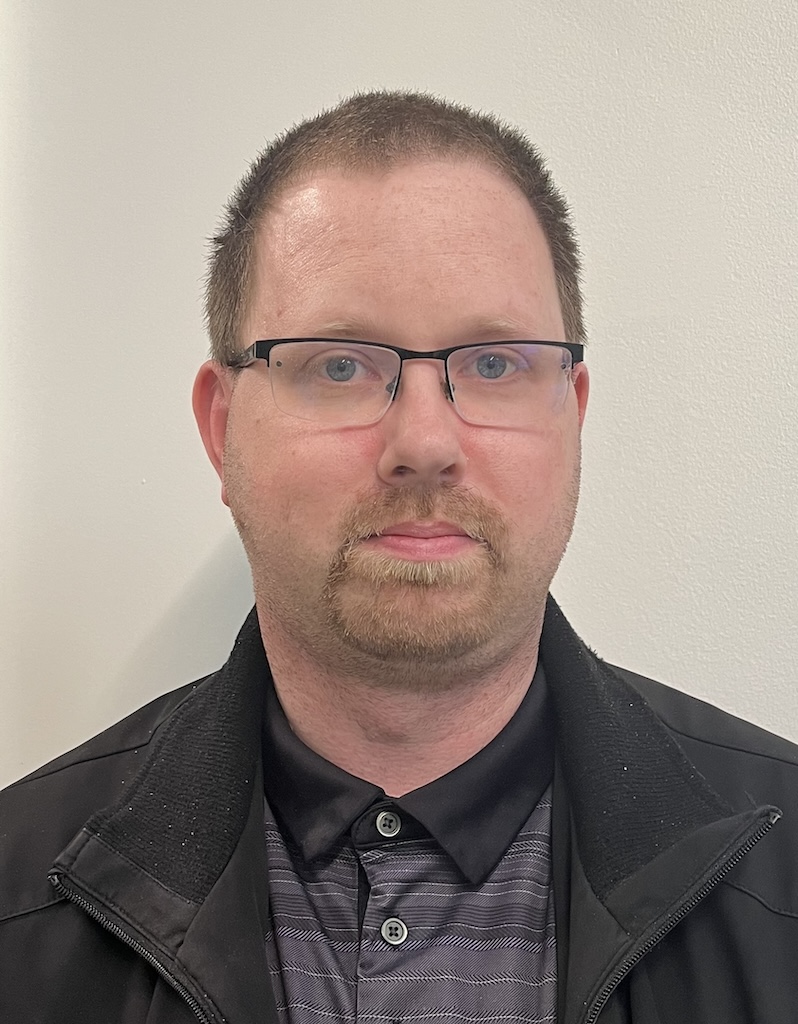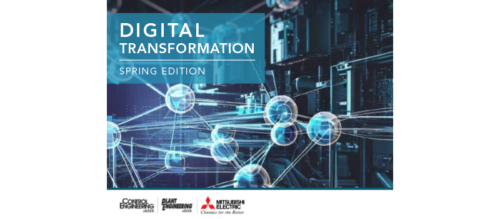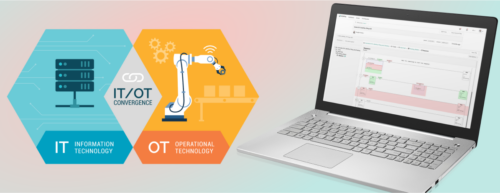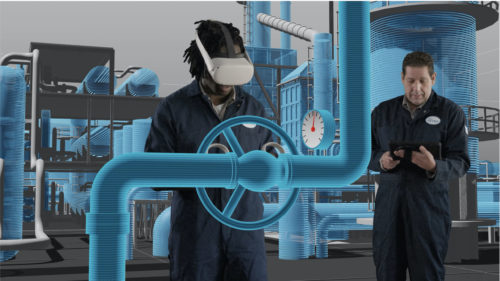Manufacturing digitalization: Think differently, working smarter
Manufacturers can change how they operate and make better decisions with automation and controls, but it requires a different mindset and approach. See six steps for effective product, operations management.
A common theme at the Honeywell Connect presentations in Orlando was an emphasis on thinking differently and realizing what worked before is no longer true. It might work on the surface level, but that’s not enough anymore. More integrated automation, controls and digitalization are required with a different mindset.
“We have to think differently. We realize how much more there is to do. We have to start thinking differently about digitalization because how we’re doing it today isn’t gonna cut it,” said David Trice, VP GM and chief product officer at Honeywell Connected Enterprise in his presentation “Enabling Tomorrow’s Digital Superheroes.”
Solving that problem, however, is not as simple as it used to be. Even if there are two companies in the same industry, they might be focused on and emphasizing different things.
It’s a challenge Honeywell Connected Enterprise president and CEO Kevin Dehoff is all too aware of. “Each site is distinct, which can make it difficult to manage people, processes and assets,” he said in his presentation “CEO Perspectives: A Vision for Intelligent Operations.”

Honeywell Connected Enterprise CEO Kevin Dehoff in his presentation “CEO Perspectives: A Vision for Intelligent Operations” at Honeywell Connect in Orlando. Courtesy: Chris Vavra, CFE Media and Technology
Improving automation, workforce operations, to attract the next generation
Managing intelligent operations is even harder with the barrier between information technology (IT) and operational technology (OT) coming down. Complex OT systems often don’t talk to each other, and it’s hard to get actionable data. What data engineers receive often comes in the form of spreadsheets, which isn’t enough.
“These processes are inefficient and ineffective to run these facilities. Make better operational decisions all the way up to operations management and eventually into the C-suite,” Dehoff said.
Trice agreed, “We have to do more with less. Today, our hand is being forced with the labor issues. I have to learn to work smarter, not harder. I have to be efficient and productive while reducing my carbon footprint. I can’t just focus on one aspect. Companies and users have to think more holistically.”
That’s a tough adjustment for the manufacturing industry, which has been slow to adopt change. Trice said it’s not just industrial OT problem. A perfect storm, he said, is brewing because the team running the plant is leaving and taking the institutional knowledge they’ve accumulated with them. That, by itself, wouldn’t necessarily be an issue, Trice said, because people retire all the time. The problem is the next generation of workers don’t want the jobs.
To entice these workers and be the digital superhero, Trice said companies have to give them the digital tools available, and workers’ tools must be native to digital.
“They don’t understand the function of a clipboard and radio,” he said. “They want the information to be available and mobile.”

Four positive impacts from digitalization are increased productivity, improved asset utilities, reduced carbon emissions and better cybersecurity. Courtesy: Chris Vavra, CFE Media and Technology
That information also has to be intuitive and easy to understand, Trice said, because the younger worker doesn’t have the institutional knowledge. Artificial intelligence (AI) and machine learning (ML) can help with that.
Six steps for effective product, operations management
Digital transformation and its potential can be overwhelming for companies, but Trice highlighted a six-step mantra Honeywell has used with its Forge product. These lessons can be applied as a general practice for manufacturers looking to embrace the new, data-driven era.
-
Make data simple. Trice said it’s important to understand the business process and build a data representation that makes sense for the company rather than having it fill a pre-ordained box.
-
Make it SaaS-native. Trice said the system needs to be easily consumable and scalable as needed, and software as a service (SaaS) helps.
-
Needs to be useful from the start. Whatever the program, it should be ready to go without needing immediate help from the vendor to get up and running.
-
Run it from a coffee shop. The technology should be intuitive and accessible so, in theory, the user could operate tasks from a coffee shop and not have to spend time running back and forth to solve a potential problem.
-
Improve over time. Whatever the product, Trice said, it should always be updated and never outdated.
-
Embrace change. The vendor, as well as the company, need to enable and understand each other so the product is run the business wants it to.
“It’s about understanding the entire business process and helping the customer work in a more intelligent way,” Trice said.
Dehoff said regardless of what they develop, it comes down to the customer and the success they have, which is also true for any business.
“The impact we have needs to be real, tangible and it has to have a meaningful impact on the customer as well as economic value.”
Chris Vavra is web content manager, CFE Media and Technology, cvavra@cfemedia.com.
Keywords: Automation, controls, digitalization
LEARNING OBJECTIVES
Improving automation, workforce operations, to attract the next generation
Six steps for effective product, operations management
CONSIDER THIS
Are your next generation of automation and controls enabling the next generation workforce?
ONLINE
Do you have experience and expertise with the topics mentioned in this content? You should consider contributing to our CFE Media editorial team and getting the recognition you and your company deserve. Click here to start this process.

